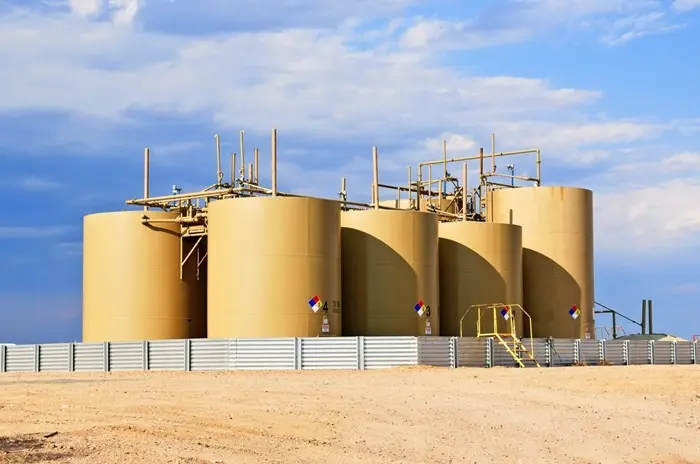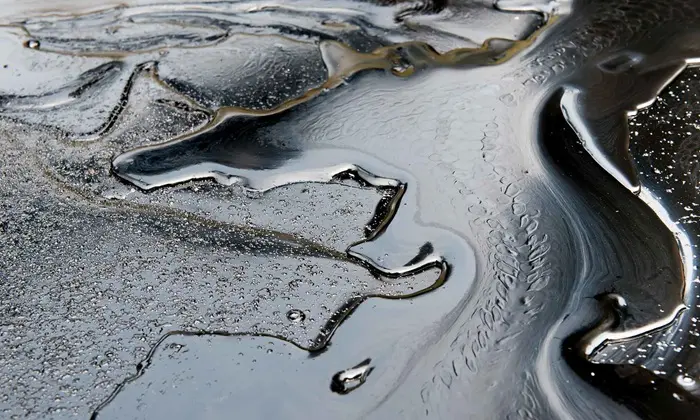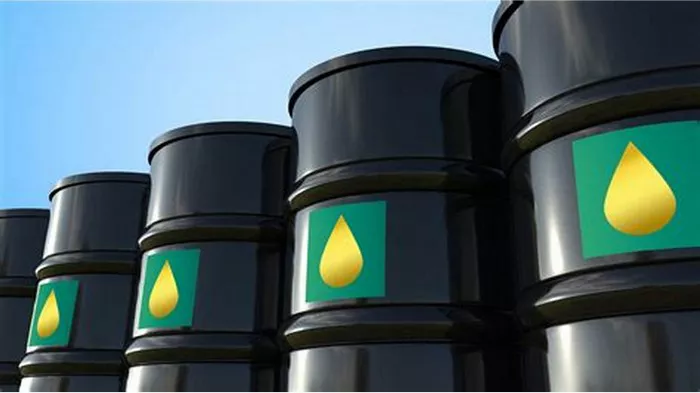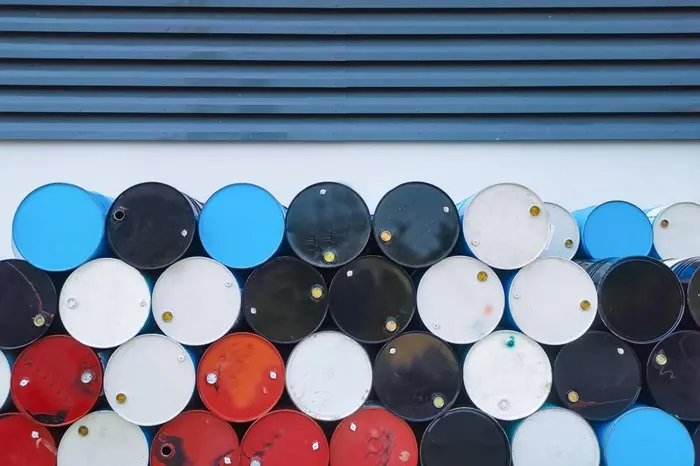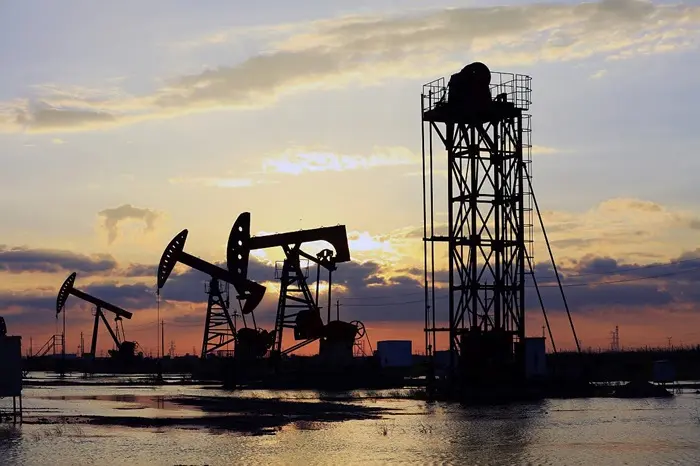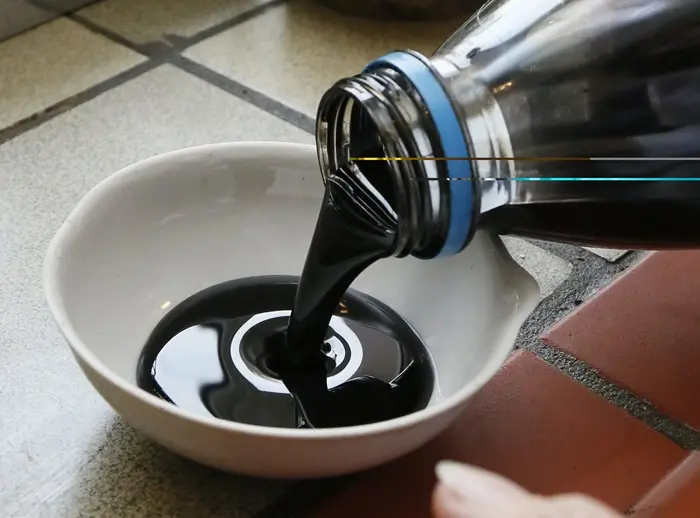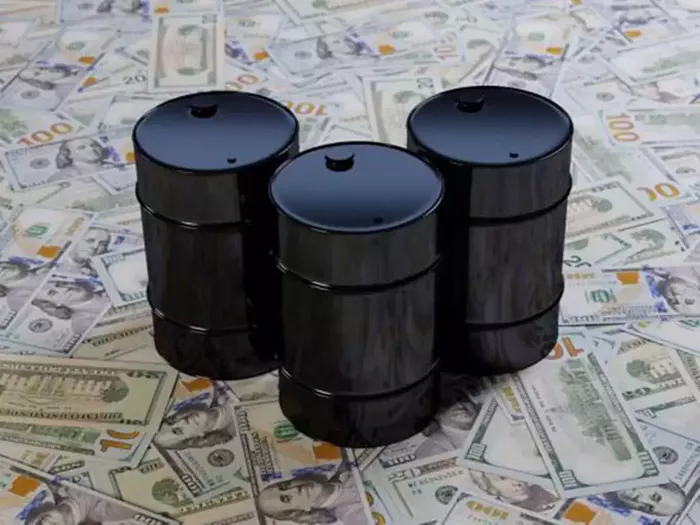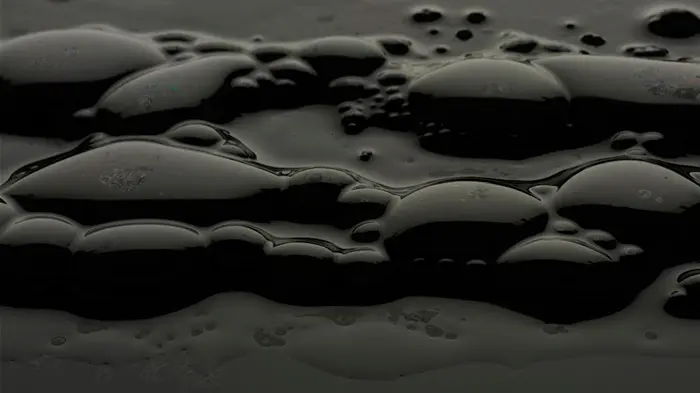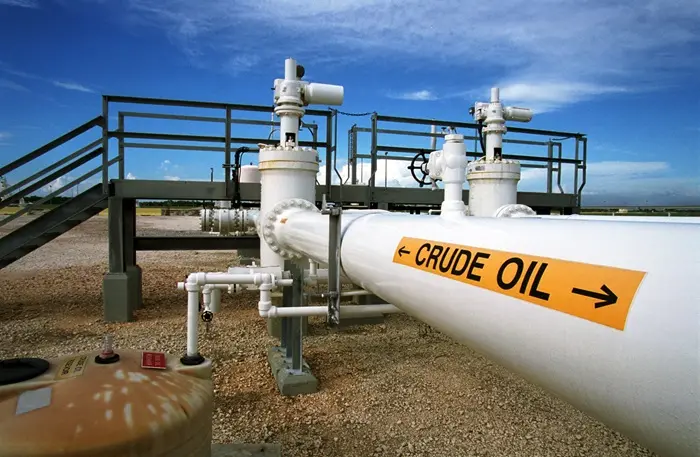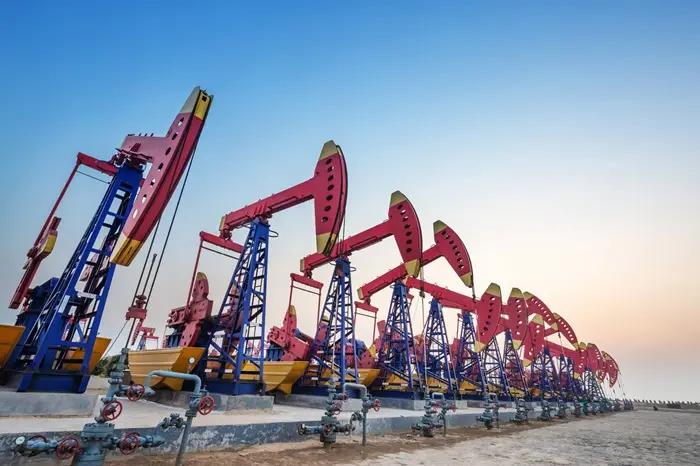Crude oil fractionation, also known as crude oil refining or distillation, is a critical process in the petroleum industry. This procedure involves separating crude oil into various useful components or fractions based on their boiling points. The process is essential for producing the wide array of products derived from crude oil, including gasoline, diesel, jet fuel, and petrochemicals. This article provides a detailed, professional overview of the crude oil fractionation process, focusing on seven key points that are crucial for understanding how this complex process works.
1. Introduction to Crude Oil Fractionation
What is Crude Oil?
Crude oil is a natural fossil fuel composed of hydrocarbons and other organic compounds. It is extracted from underground reservoirs and requires refining to be converted into usable products. The composition of crude oil varies significantly depending on its geographic source, affecting its refining process and the quality of the end products.
Importance of Fractionation
Fractionation is a fundamental step in refining crude oil. Without it, the diverse and valuable products derived from crude oil could not be efficiently separated and processed. Fractionation allows refineries to maximize the yield of desirable products and minimize waste, making it a cornerstone of the modern petroleum industry.
2. Basic Principles of Fractional Distillation
Distillation Columns
At the heart of the fractionation process are distillation columns. These tall, cylindrical towers facilitate the separation of crude oil into fractions. The crude oil is heated to high temperatures, causing it to vaporize. As the vapor rises through the column, it cools and condenses at different levels, corresponding to various boiling points.
Boiling Points and Condensation
Each hydrocarbon in crude oil has a unique boiling point. Lighter fractions, such as gases and naphtha, have lower boiling points and condense at the top of the column. Heavier fractions, like diesel and residual oils, have higher boiling points and condense at lower levels. This gradient of boiling points is what enables the separation of crude oil into distinct components.
See Also: 9 Uses Of Heavy Sour Crude Oil
3. Pre-Treatment of Crude Oil
Desalting
Before fractionation, crude oil undergoes pre-treatment to remove impurities that can interfere with the refining process. One of the first steps is desalting, which removes salt and other inorganic compounds. This is crucial because these impurities can cause corrosion and fouling in the distillation equipment.
Dehydration
Crude oil also contains water that must be removed before distillation. Dehydration processes, such as electrostatic coalescence or chemical demulsification, separate water from the oil. Removing water prevents issues like equipment corrosion and enhances the efficiency of the fractionation process.
4. Primary Distillation Process
Atmospheric Distillation
The primary stage of crude oil fractionation is atmospheric distillation. In this process, crude oil is heated in a furnace to temperatures between 350°C and 400°C (662°F and 752°F). The heated oil enters the atmospheric distillation column, where it begins to separate into fractions.
Fractionation Products
The atmospheric distillation column separates crude oil into several key fractions:
Gases: Methane, ethane, propane, and butane.
Naphtha: Used as a feedstock for gasoline production and petrochemicals.
Kerosene: Used in jet fuel and heating oil.
Diesel: Used as fuel for diesel engines.
Gas oils: Used in fuel oils and lubricants.
Residue: Heavy oils and bitumen, used for asphalt and further processing.
5. Vacuum Distillation
Need for Vacuum Distillation
After atmospheric distillation, a significant amount of heavier fractions remains. To further refine these heavy residues, vacuum distillation is employed. This process operates at reduced pressures, allowing distillation at lower temperatures, which prevents thermal cracking of the heavy molecules.
Vacuum Distillation Products
Vacuum distillation produces several valuable fractions:
Vacuum gas oil: Used as a feedstock for catalytic cracking to produce lighter products.
Vacuum residue: Further processed into bitumen, lubricants, and other heavy products.
6. Secondary Processing Units
Catalytic Cracking
Catalytic cracking is a secondary process that breaks down heavy hydrocarbon molecules into lighter, more valuable products like gasoline and olefins. This process uses a catalyst to facilitate the breaking of chemical bonds, enhancing the yield of desirable products.
Hydrocracking
Hydrocracking combines catalytic cracking with hydrogenation. This process not only breaks down heavy molecules but also saturates the resulting hydrocarbons with hydrogen. Hydrocracking is particularly useful for producing high-quality diesel and jet fuel.
Reforming
Reforming processes improve the quality of naphtha by converting it into high-octane gasoline components and aromatic compounds used in petrochemicals. This process involves restructuring the molecular composition of hydrocarbons through heat and catalysts.
7. Environmental and Economic Considerations
Environmental Impact
The fractionation of crude oil has significant environmental implications. Emissions from refineries, including greenhouse gases and pollutants, must be carefully managed. Refineries implement technologies like sulfur recovery units and catalytic converters to minimize environmental impact.
Economic Factors
Crude oil fractionation is a capital-intensive process with substantial economic implications. The efficiency of fractionation and the quality of the end products directly influence the profitability of refineries. Fluctuations in crude oil prices and market demand for refined products also impact the economic viability of fractionation operations.
Conclusion
Crude oil fractionation is a complex and essential process in the petroleum industry. By understanding the principles of distillation, pre-treatment, primary and secondary processing, and the associated environmental and economic factors, one gains a comprehensive view of how crude oil is transformed into a myriad of valuable products. This overview underscores the importance of fractionation in meeting global energy demands and highlights the technological advancements that continue to optimize this critical process.
Related topics:

